Expanding Your Home's Square Footage: Increase Value and Enjoyment for DFW Homeowners
Adding square footage to your home in the DFW area presents numerous benefits in enhanced living spaces and increased property value. With the competitive real estate market and growing demand for functional and versatile living areas, expanding your home is a strategic investment that can deliver substantial returns.
Adding square footage attracts potential buyers and improves current occupants' quality of life, making it a worthwhile endeavor for homeowners. Unlike renovations focusing solely on specific rooms like kitchens or bathrooms, adding square footage allows for a more comprehensive property transformation. This holistic approach ensures that your home caters to your family's needs, offering increased functionality, comfort, and adaptability.
Whether creating a dedicated home office, a new bedroom, or a cozy family room, the possibilities are endless when you expand your home's square footage. Furthermore, these additions have the potential to yield higher returns on investment compared to more targeted renovations, making them an attractive option for homeowners looking to maximize their property's value in the long run.
Popular methods for adding square footage in DFW
When considering popular methods for adding square footage in the DFW area, homeowners should ask several questions to determine the best option for their needs.
First, assess the purpose of the additional space—will it be a bedroom, office, or entertainment area? Next, consider the available space in your property, such as whether it can accommodate horizontal expansion or if a vertical addition is more feasible. Finally, examine your budget and evaluate each option's potential return on investment.
By asking these questions and assessing your family's needs, lifestyle, and preferences, you can choose the most suitable method for adding square footage to your home.
Finishing basements
Basements are less common in the DFW area due to clay that expands and contracts seasonally, contributing to the home's foundational issues. A basement with structural weaknesses might only last for a while in Texas. If you’re considering adding a cellar to your home, consult a geotechnical engineer to test the soil.
Converting garages into living spaces
Garage conversions offer a versatile solution to increase square footage. They can cater to various needs, such as a home office, guest room, entertainment area, or ADU for rental income.
When converting a garage, homeowners must address insulation, heating, and cooling systems to ensure comfort and functionality. Additionally, it is essential to evaluate the existing structure and make any necessary adjustments, such as removing or replacing the garage door, updating the flooring, and adding windows for natural light.
A well-executed garage conversion enhances your home's usability. In addition, it attracts potential buyers who appreciate the added versatility and living space. We discuss garage apartments in depth in a previous article, so for more information, follow this link.
Adding a second story
Adding a second story effectively increases square footage and home value if your property has limited ground space. Second stories accommodate additional bedrooms, bathrooms, or a luxurious primary suite. Remember that this type of expansion often requires structural reinforcements and updates to plumbing, electrical, and HVAC systems. However, a significant investment and a well-planned second story can substantially increase your home's value and appeal to potential buyers.
Building room additions
Room additions such as sunrooms, primary suites, or family rooms are another popular method for expanding your home's square footage. These additions provide extra living space and enhance your home's curb appeal and overall value. To construct a room addition, you'll need to extend your home's existing structure, which often requires working with architects and contractors to ensure a seamless transition between old and new spaces.
Consider your family's needs, your property's layout, and any zoning or permitting requirements when planning a room addition. Additionally, be mindful of your budget and timelines, as room additions can vary in complexity and cost. By carefully planning your room addition, you can create a customized space that suits your family's lifestyle and improves your home's overall value and enjoyment.
Costs and return on investment (ROI)
Understanding the costs and return on investment (ROI) for adding square footage to your home is crucial in making informed decisions. By evaluating the potential expenses associated with various home addition projects and comparing their ROIs, homeowners can select the options that offer the most significant benefits, enhancing their living space and maximizing their property's value in the DFW area.
General costs of adding square footage
Adding square footage to your home can vary significantly depending on the project type, location, construction materials, labor expenses, and permits. On average, homeowners in the DFW area can expect to spend between $80 to $200 per square foot for home additions. Therefore, budgeting for these expenses and factoring in potential cost overruns during construction is essential.
Converting a garage into a living space, for example, might have lower costs per square foot than constructing a second story or building a room addition, mainly due to the existing foundation and structure. Conversely, more complex projects like adding a second story or constructing a new room may have higher costs due to the need for structural reinforcements, plumbing, electrical, and HVAC systems updates, as well as potential zoning and permitting requirements.
When determining the budget for your home addition project, obtaining multiple quotes from reputable contractors is crucial when considering the long-term costs of maintaining the new space. Remember that a well-planned and executed project can lead to a higher return on investment (ROI) and boost the overall value of your home. Ultimately, the cost of any project should be weighed against the potential benefits and enhancements to your home's value and your family's enjoyment of the space.
ROI for home additions in the DFW area
Return on investment (ROI) is a crucial aspect for homeowners to consider when planning a home addition project, as it indicates the potential increase in property value relative to the costs associated with the project. In the DFW area, ROI for home additions ranges from 50% to 80%, with some projects yielding higher returns than others.
Kitchen expansions, for example, tend to offer a high ROI due to their impact on a home's functionality and aesthetic appeal. A well-designed kitchen can serve as a centerpiece for family gatherings and entertaining, making it a highly sought-after feature among potential homebuyers.
Master suite additions are another project that can deliver a significant ROI. Homebuyers often prioritize spacious, comfortable primary bedrooms with en suite bathrooms and walk-in closets. Upgrading or expanding a primary suite can elevate the overall appeal of your home and make it more attractive to a broader range of buyers.
Other projects, such as converting garages into living spaces or building sunrooms, may yield a lower ROI depending on the specific needs and preferences of the local market. It's essential to consider local trends and consult with professionals experienced in the DFW real estate market to ensure the chosen project aligns with potential buyers' expectations.
Navigating zoning and building codes in DFW
In the DFW area, obtaining permits and understanding regulations is essential for ensuring that your home addition project complies with local building standards and safety requirements. Proper compliance helps maintain the integrity and value of your home and those in your neighborhood.
Furthermore, adhering to zoning and building codes protects homeowners from potential legal issues and penalties. Finally, navigating these regulations demonstrates a commitment to quality craft, fostering trust with prospective buyers who appreciate safeguarding their investment by adhering to local guidelines.
When planning a home addition project in the DFW area, homeowners must familiarize themselves with local zoning and building codes to ensure compliance. Then, obtaining the necessary permits from the appropriate municipality is a crucial step. It helps maintain safety standards and prevents potential legal issues down the line.
Working with neighborhood and homeowners associations
Aside from municipal regulations, homeowners should also be aware of any neighborhood or homeowner's association (HOA) rules that might impact their project. For example, some HOAs have specific guidelines regarding home additions, such as architectural design, building materials, or setback requirements. Failing to comply with these regulations could result in fines or even the need to reverse the completed work.
To navigate the permitting process and understand local regulations, homeowners should consult with experienced professionals, such as architects, contractors, or even real estate agents familiar with the DFW area. These experts can help ensure that the project adheres to all applicable rules and guidelines, allowing homeowners to focus on creating their dream space with peace of mind.
Financing options for adding square footage
Financing the cost of adding square footage to your home can be a wise decision for several reasons. First, it allows you to spread the financial burden of a home addition project, making it more manageable and less stressful. This way, you can undertake significant improvements without draining your savings.
Second, financing enables you to invest in high-quality materials and quality, potentially increasing the return on investment (ROI) when you sell your home. Lastly, by financing your project, you can maintain your financial flexibility and reserves for emergencies, allowing you to enjoy your improved home with greater peace of mind.
Home equity loans and HELOCs
Homeowners looking to finance their square footage addition projects in the DFW area can consider home equity loans and lines of credit (HELOCs) as viable options. Home equity loans provide a lump sum of money that can be used for home improvements, with repayment structured over a fixed term at a fixed interest rate.
HELOCs, on the other hand, offer a revolving line of credit based on the available equity in the home, with variable interest rates and more flexible repayment options. Both options enable homeowners to leverage the existing value in their property to fund their home addition projects.
Cash-out refinancing
Cash-out refinancing is another option for DFW homeowners wishing to add square footage to their homes. Homeowners replace their current mortgage with a new, larger loan, allowing them to access a portion of their home equity as cash. Cash-out refinancing can be advantageous for homeowners who can secure a lower interest rate on their new mortgage or consolidate their home improvement costs with their existing mortgage.
Government programs
The Federal Housing Administration (FHA) 203(k) loan program is a government-backed financing option that assists DFW homeowners in funding their home addition projects. The 203(k) program allows borrowers to combine the cost of their home purchase or refinance and their renovation expenses into a single loan, simplifying the financing process.
The program is especially beneficial for homeowners with limited home equity, as it requires a smaller down payment than conventional loans. The FHA 203(k) loan program also has more flexible qualification requirements, making it accessible to a broader range of homeowners.
Work with a reputable construction team
Adding square footage to your home can significantly enhance its value and functionality. By understanding the various methods, costs, ROI, and financing options, you can make an informed decision that meets your needs and budget. In addition, navigating the complex zoning and building codes is essential to ensuring a successful project compliant with local regulations.
If you feel overwhelmed about the process, consider working with our construction and design professionals team. At 6th Ave, we know making the home of your dreams can be stressful and confusing, but we’re here to guide you every step of the way. So schedule a meetup with us today and start building your dream home.
Schedule a Meet Up
Ready to start the process of finding or creating a home that feels like you? Get started here.


